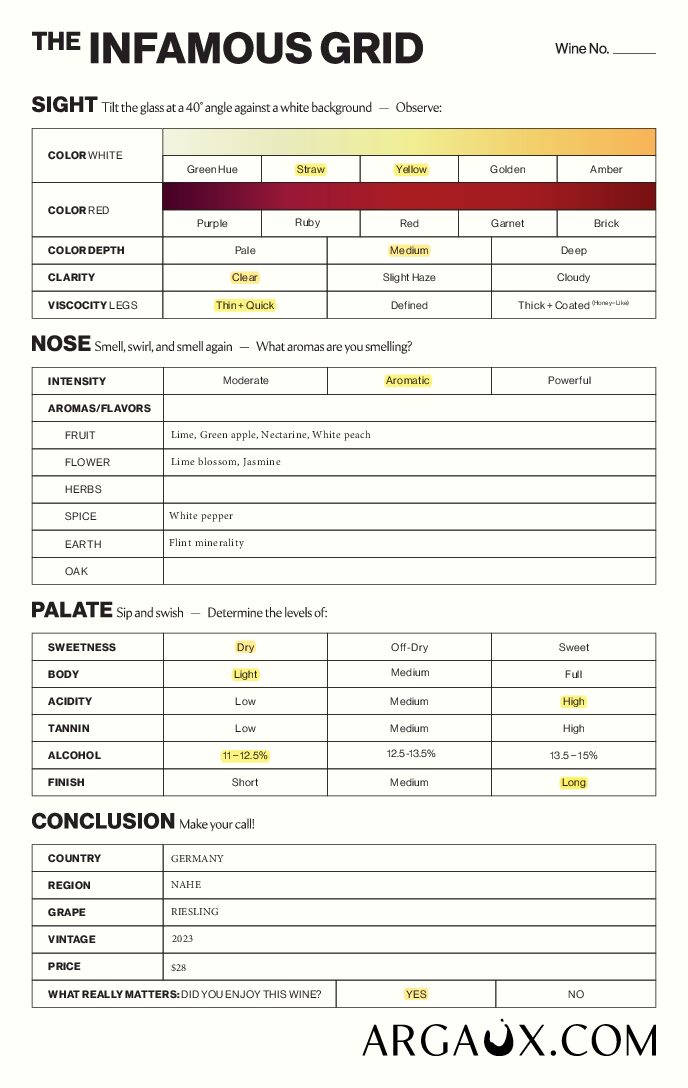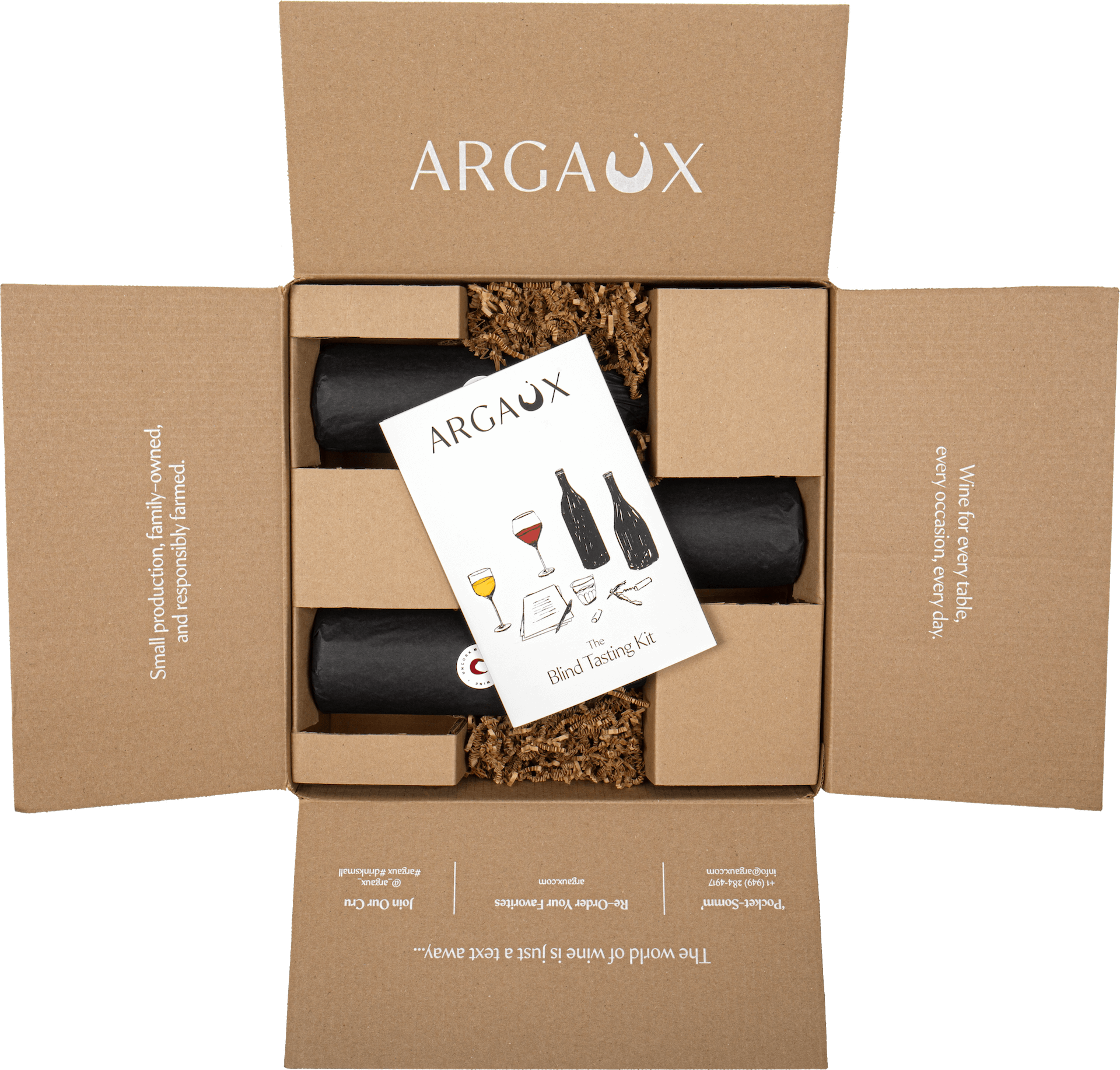2024 Dönnhoff Estate Nahe Dry Riesling
The Dönnhoff family has been in the Nahe since 1761. They are historic and produce some of the best riesling in the world. This is DRY, mineral-driven and thirst quenching. This is fantastic, food-friendly wine for the holidays.
Organic farming practices, (Fair’n Green certified), native yeast fermentation, minimal intervention and a family-owned estate.
$30.00
Only 4 left in stock
RIESLING
Riesling is an aromatic white grape variety producing arguably some of the finest white wines in the world. Public misconception can give Riesling a negative connotation, but it actually varies greatly in style from bone-dry (trocken), off-dry (halbtrocken) to very sweet. The labelling terms for Riesling’s sweetness levels are as follows, each next one increasing in sweetness. Kabinett, being the lightest style, Spätlese, Auslese, Beerenauslese, Trockenbeerenauslese, and Eiswein. It is a wonder of a vine adapting and preserving its identity wherever it is grown. Riesling is the great grape of Germany, perhaps the world’s most important region for producing this variety. It is also of significant importance to Alsace, France and grown popularly in the United States and Australia. These wines tend to have a prominent aroma of petroleum as well as beeswax or honey and flowers. They pair excellently with many foods depending on the style, but their classic partner is Indian or Asian dishes.
NAHE, GERMANY
Although smaller than some of Germany’s more well known regions, the Nahe is not to be overlooked. The region gets its name from the eponymous river on which it lies, which is dominated by dramatically steep slopes that benefit from ample sunshine. Like many of Germany’s wine regions, Riesling is the key player in the Nahe, though Müller-Thurgau, Silvaner, Pinot Blanc, and Pinot Gris, as well as a handful of red varieties, are also planted. The Nahe is home to over 4,300 hectares of vines, many of which require manual labor, as machinery cannot navigate the area’s staggering hillsides. Due to the dramatic topography of the region, there are numerous meso-climates within the Nahe’s barriers, though a common thread amongst vineyard sites is their mineral-laden soils (aside from flatter vineyard sites, which are mostly composed of loess and sand). Approximately 40% of the region’s wines is designated QbA, meaning that many of the Nahe’s wines are of high quality.







